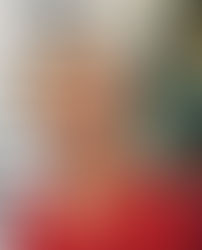

The Montgomery News
7 days ago4 min read


The Montgomery News
7 days ago1 min read


The Montgomery News
7 days ago2 min read


The Montgomery News
7 days ago3 min read


The Montgomery News
Jan 1414 min read


The Montgomery News
Jan 142 min read


The Montgomery News
Jan 122 min read


The Montgomery News
Jan 83 min read


The Montgomery News
Jan 74 min read


The Montgomery News
Jan 62 min read


The Montgomery News
Jan 42 min read


The Montgomery News
Jan 34 min read























